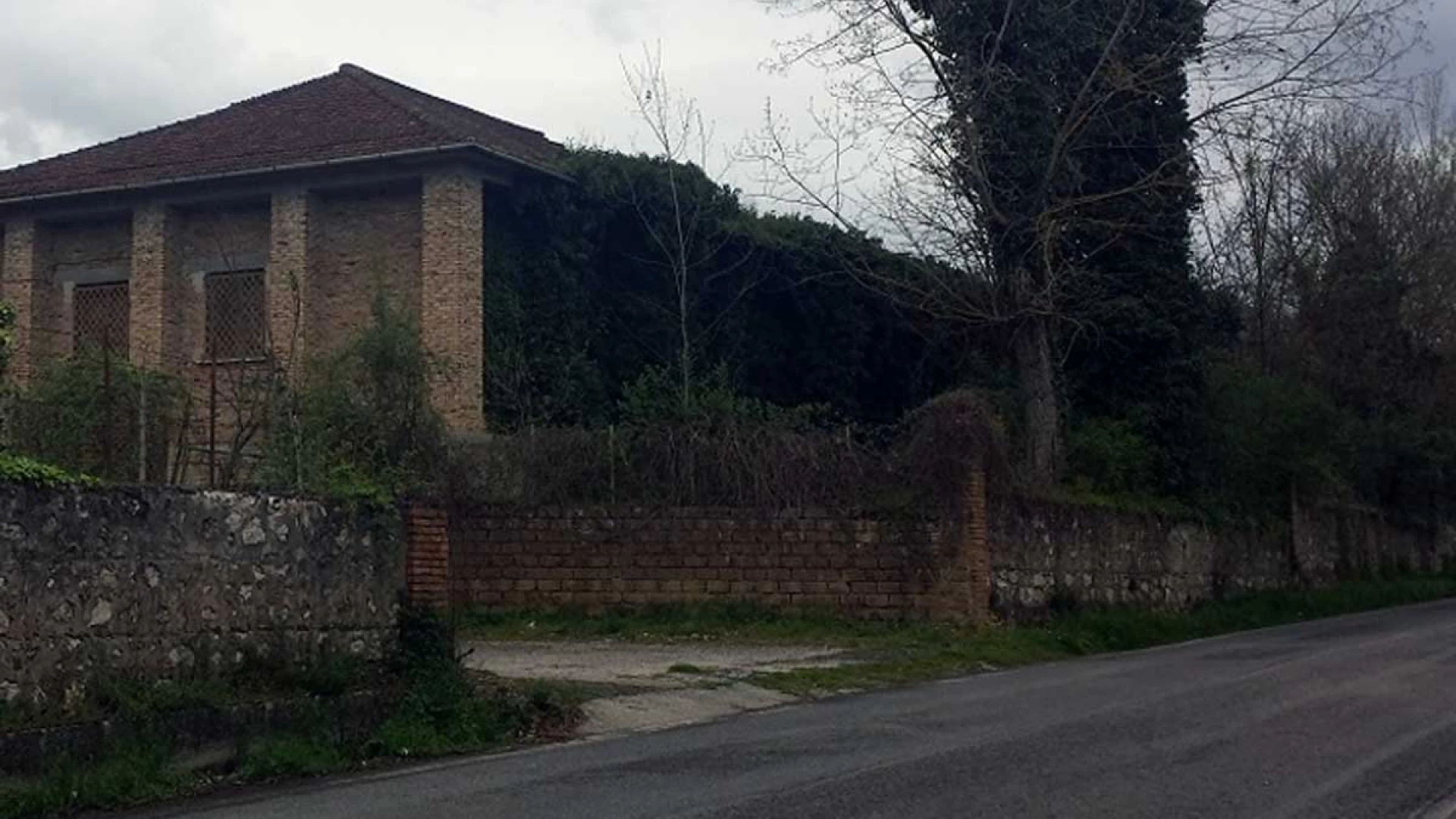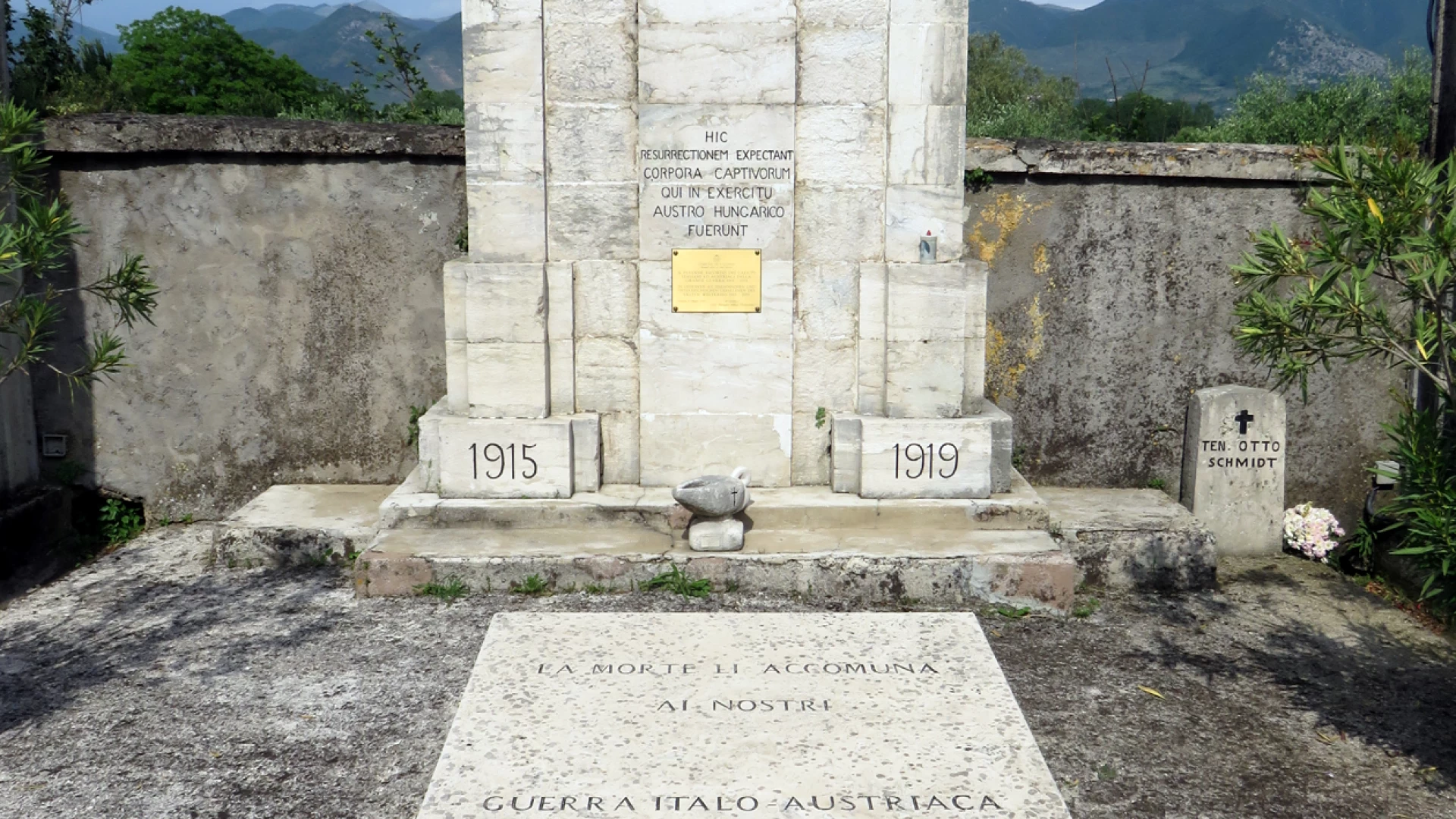A notarial document drawn up on 21 January 1668 records the lack of a parish priest in a village in Cairo because the small number of inhabitants, around 200, did not, according to the laws of the time, allow the curate, who was the titular priest of the church, to have compulsory residence.
At the beginning of the second half of the 19th century, there were no real roads linking the village of Cairo to other towns in the area.
During the First World War, the town of Cassino, a hamlet of Caira, was chosen as the site for the construction of a military structure intended for the internment of soldiers of the Austro-Hungarian Army who were taken prisoner at the front.
The Caira Concentration Camp was built at the beginning of 1917 and the prisoners who flocked there were used for manual labour during their year and a half internment, particularly for reforesting the surrounding mountains.
The former concentration camp has been an integral part of the landscape of this territory for a hundred years and has accompanied the lives of the people of this area, including their economic and social lives.






